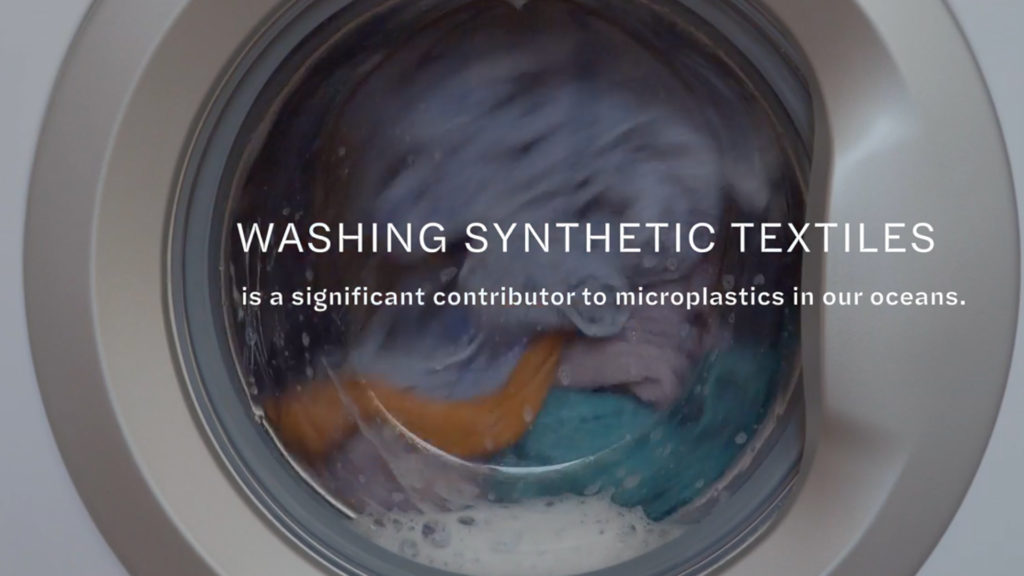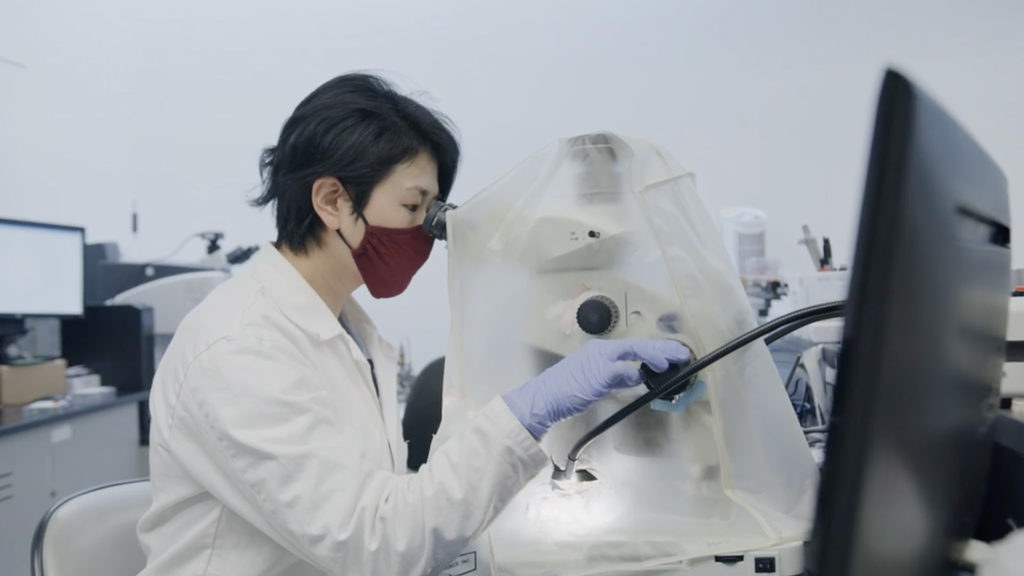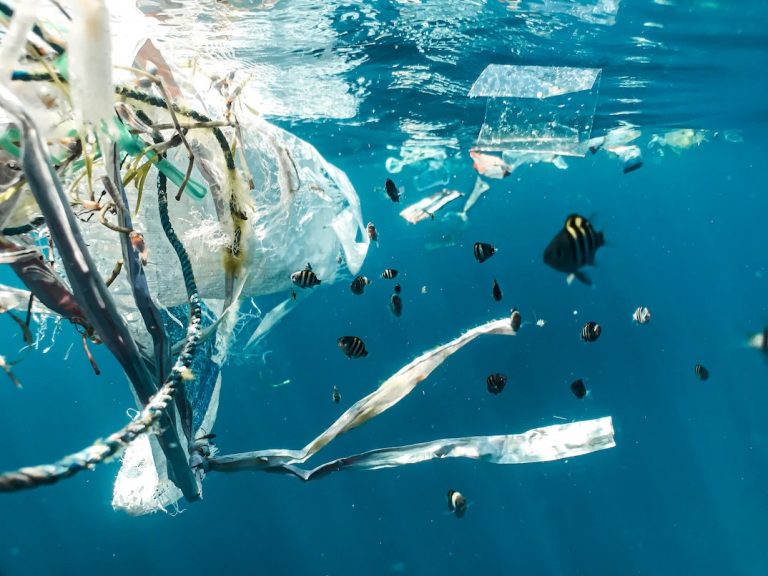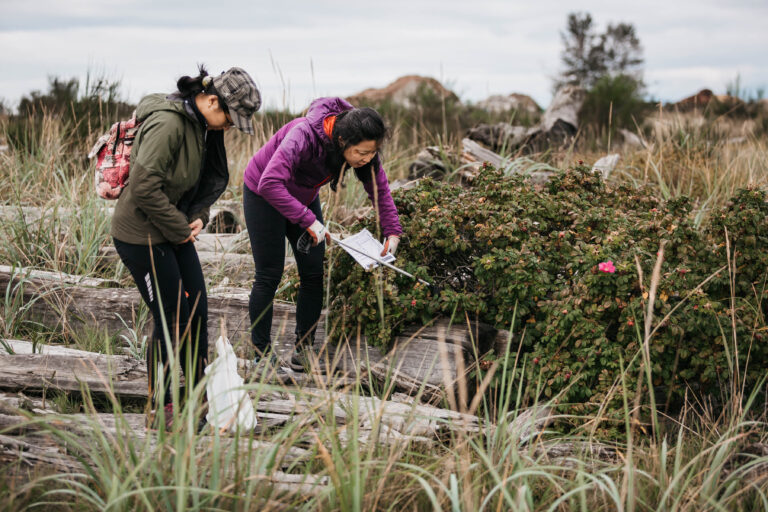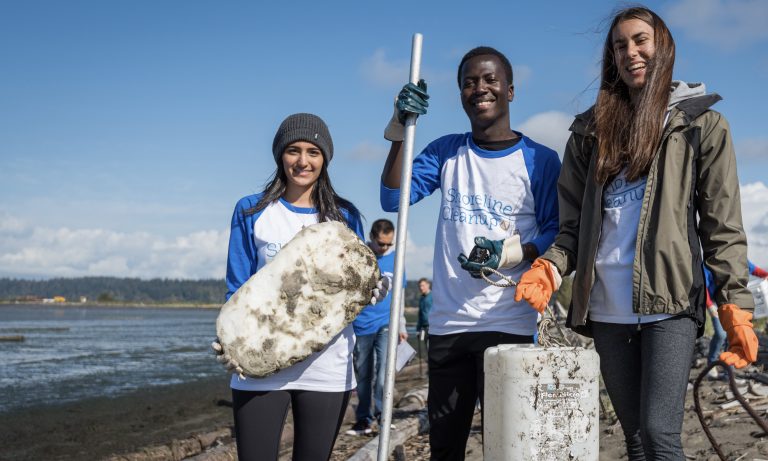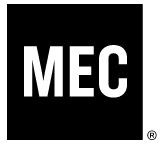Ocean Wise Microfiber Partnership
Solution-oriented research for marine microfiber pollution
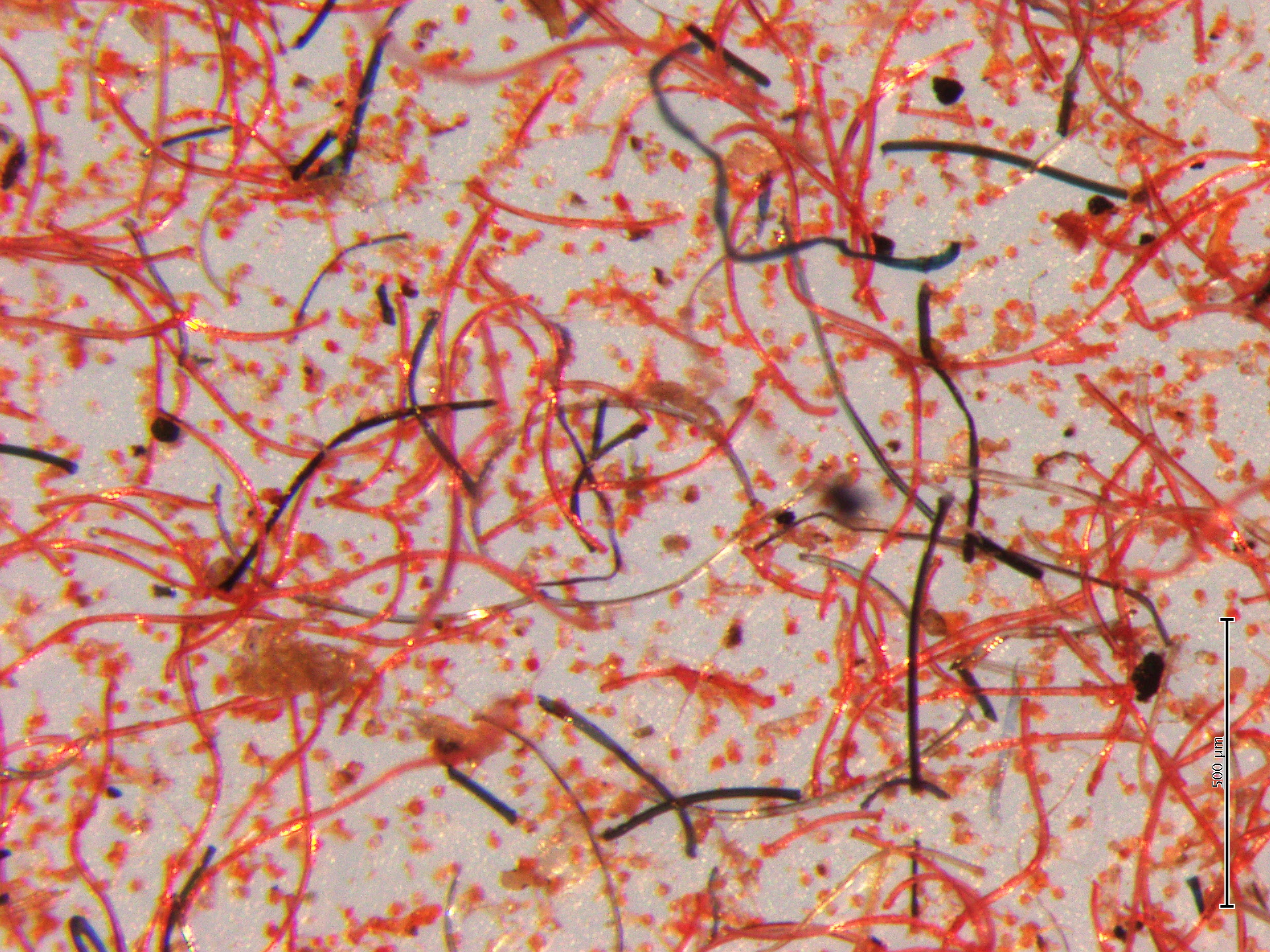
About the Partnership
In 2017, the Ocean Wise Plastics Lab launched the Microfiber Partnership, a solution-oriented research initiative that brings together researchers, the apparel industry, and government agencies concerned about the sources and impacts of microfiber pollution in the ocean. Central to this research initiative was the design of a dedicated washing machine test facility, the development of new methods to sample liquid laundry effluent and municipal wastewater, and the characterization of microfiber samples using microscopic image analysis and Fourier Transform Infrared Spectrometer (FTIR).
The work of the Partnership
Microfiber pollution is an issue that involves many processes and stakeholders. Microfiber Partnership was formed to inform science-based solutions to microfibers through research on their sources, transfer to and fate in the ocean. The research pillars of this initiative consist of:
Microfiber release from textiles – studies on textile design and production, consumer practices, and filtration devices as solutions for reducing microfiber emission.
Microplastics in municipal wastewater facilities – studies to determine microplastic removal efficiency, discharge and variation over time in support of engineering solutions and waste management best practices.
Microplastic Forensics – research to develop Fourier Transform Infrared Spectrometry (FTIR) based tools to identify and track the fate of microplastics in the environment.
Researching Microplastics at Washing Machine Lab
How is home laundry impacting ocean health? Cutting-edge science at Ocean Wise is investigating just that.

